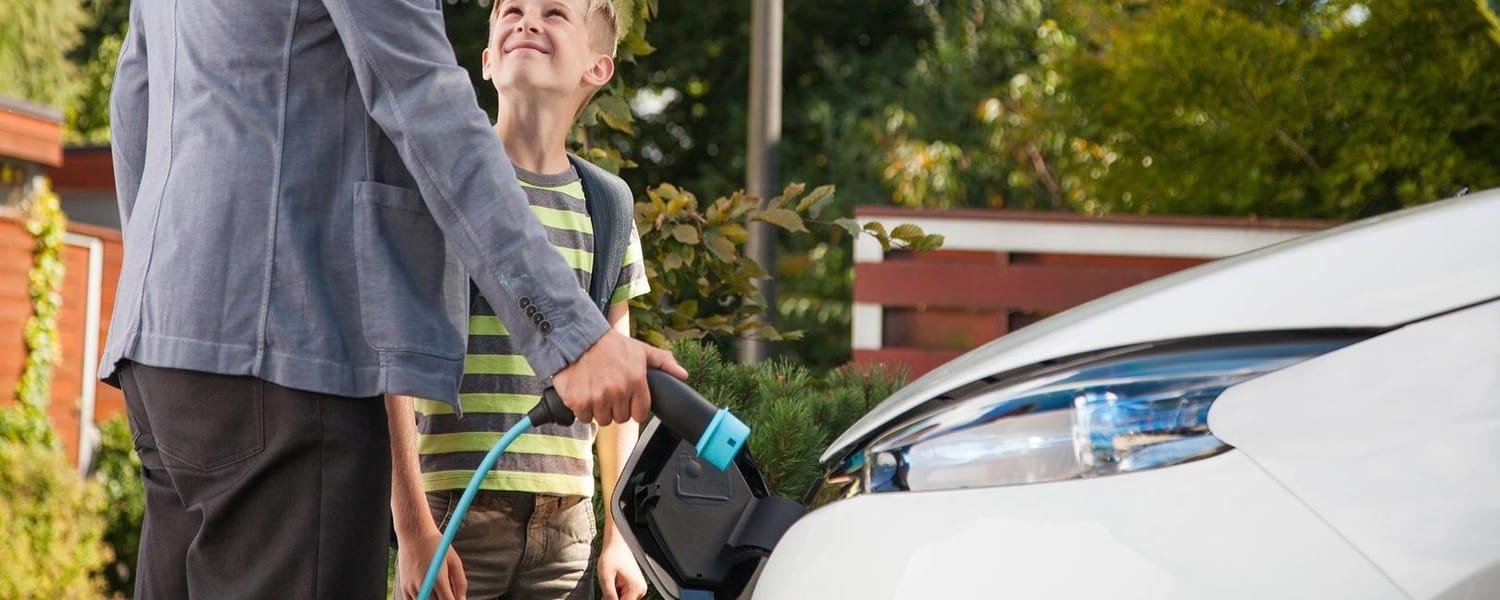We’ve been living with the Leaf for around a month now. I’d say that the experience has been a positive one so far. I can’t imagine we’ll ever go back but never say never.
Charging
Most of the people I’ve had a discussion with on the subject so far were quite surprised to hear that you can charge these vehicles with a run-of-the-mill home charging plug. Indeed, we are charging ours using a lead running out of our carport. There are quite a few different charging options and the choice people make tends to boil down to one simple question: how long is it going to take me to put enough charge in my battery so I can get to where I’m going and back? Of course, there are remote charging options, but we’ll get to that later.
There are regular 10-amp slow (or trickle) chargers, fast chargers (about double the power/speed installed in your home for approximately AUD 2000) and really fast chargers, most of which are currently too expensive as a home installation option. Time to charge will vary from 45 mins to 21 hours, depending on the vehicle and charging option used. For us, it typically takes around eight hours on a slow charge when going from around 30% to full charge. Essentially you can view it like owning a mobile phone - plug it in at night and it’s ready to go in the morning. Or in our case, plug it in during daylight hours (as often as possible) when we’re producing excess solar power.

There are multiple things to consider when establishing your charging habits. If you work from home or the EV is a second car, and you have solar panels, then an ideal choice is to charge the vehicle using excess solar energy you might be generating from your solar array. We’re attempting to do this whenever we can, without getting too pedantic about it. This is effectively ‘free’ fuel based on 100% renewable sources (aside from subtleties regarding the feed in tariff and eco-questions around the creation and disposal of solar hardware). It was also a pleasant surprise to find that our electricity supplier in Western Australia offers a special tariff which allows us to charge at off peak times on a lower cost per kwh. They also pay a cash incentive to move to that EV tariff. So even if you don’t have solar panels at home there are some incentives available to charge at home. Alternatively, if you drive to work, many businesses have in-building charging options so you can charge whilst you’re at work.


